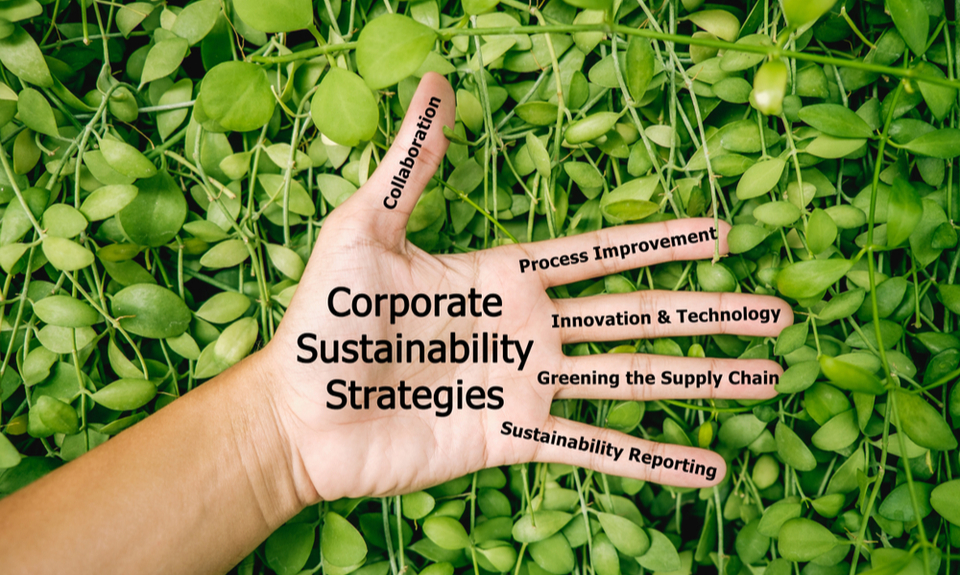Why do firms work together to contribute to environmental sustainability? Do firms aim for a cleaner environment for future generations or do they intend to benefit from promoting sustainability? We show that a wide range of motivations for environmental alliances exists that can be categorized into motivations for creating environmental value versus internalizing environmental value.
Firms have always collaborated in strategic alliances to enhance their economic performance. More recently, they have started to form environmental alliances intended to combine economic performance with a contribution to environmental sustainability. The reasons to collaborate in these environmental alliances can be quite diverse. Firms may be driven by pressures from consumers or regulators to enhance their environmental performance; they may respond to requests from suppliers or buyers in their supply chain to deliver more sustainable inputs; they may spot opportunities for innovative environmental technologies to enhance their competitive advantage; or they may simply want to improve their reputation as an environmentally friendly firm. While motivations for strategic alliances are well documented, the knowledge on motivations for environmental alliances is scattered over different sources with evidence coming from fields as diverse as strategy, management, environmental studies and industrial ecology. Our study reviews and classifies this inter-disciplinary literature to better understand environmental alliances, categorize their motivations, and develop the body of research on environmental alliances.
Environmental Alliances
Environmental alliances are voluntary cooperative agreements between firms to develop, produce or distribute sustainable products or services in which partners share environmental resources, knowledge or technologies to create economic and environmental value. Environmental value refers to a positive environmental impact, either by having a net positive impact (e.g. reforestation programmes), or by having a less negative impact (e.g. replacing renewable energy with fossil fuels). In addition to creating environmental value, partners in environmental alliances may want to create economic value by internalizing or capitalizing on environmental value.
Systematic Literature Review
In this study, we conducted a systematic literature review of 123 academic articles on environmental alliances. Although our study had a timeframe of decades, most of the environmental alliances were reported on during the last decade, highlighting the emerging nature of this research field. In our study, the environmental alliances explored and exploited renewable energy technologies, such as biomass, hydro, solar, wind and geothermal power, but also smart electricity grids, electric vehicles, organic food and sustainable fashion.
Classifying Motivations for Environmental Alliances
It is well known that strategic alliances are driven by different motivations, such as sharing resources, reducing risks and costs, investing in specific assets, and enhancing reputation or competitive advantage. The novel insight of our study is that a subset of these motivations drives firms to create environmental value, while other motivations drive firms to create economic value by capitalizing on environmental value.
On the one hand, we show that alliance partners share sustainable resources, jointly reduce the risk of ecological misconduct or respond to stakeholder pressures in order to create environmental value. Example 1 (below) illustrates how partners in an environmental alliance share sustainable resources to create environmental value. On the other hand, environmental alliance partners jointly reduce costs, enhance their competitive advantage or improve their reputation in order to capitalize on environmental value and thus create economic value. Example 2 (below) illustrates that an environmental alliance is formed to collaboratively reduce the cost of producing solar energy and thereby create economic value for the alliance partners.
| Example 1: Whirlpool Corporation and Honeywell collaborate in an environmental alliance to share knowledge and technologies to co-develop an environmentally-friendly insulation foam for refrigerators. In their press release on the alliance announcement, they clarify that they share these resources to create environmental value: “We have the responsibility to be as proactive as we can to preserve the environment”. “The impact to the global warming effect will be the equivalent of removing more than 400,000 cars from the road.” |
| Example 2: Yingli Green Energy formed an environmental alliance with LONGi to cooperatively manufacture silicon wafers, solar cells and panels. Their press release illustrates that the environmental alliance focuses on economic value by reducing costs: “Yingli will integrate LONGi’s technology and cost-saving advantages into its own production lines, and LONGi will supply (solar) wafers to Yingli at a competitive price.” “Our partnership enables Yingli to make full use of its manufacturing capacity by both optimizing allocation and reducing costs.” |
Long and Short-Term Benefits
Environmental alliances between firms, NGOs and government agencies have been around for decades, but environmental alliances between firms are a relatively new phenomenon. Our study shows that these alliances benefit firms in addition to creating value for society. Taking a long-term perspective, firms may actively contribute to environmental sustainability while acquiring knowledge of sustainable resources, reducing the risk of ecological misconduct in their supply chains, and responding to their consumers demanding innovative environmental technologies. In the short run, they may collaborate in the exploitation of more mature environmental technologies to reduce operational costs or generate revenues.
Niesten, E. and Jolink, A. 2020. Motivations for environmental alliances: Generating and internalizing environmental and knowledge value. International Journal of Management Reviews, 22, 356-377. DOI: 10.1111/ijmr.12228






